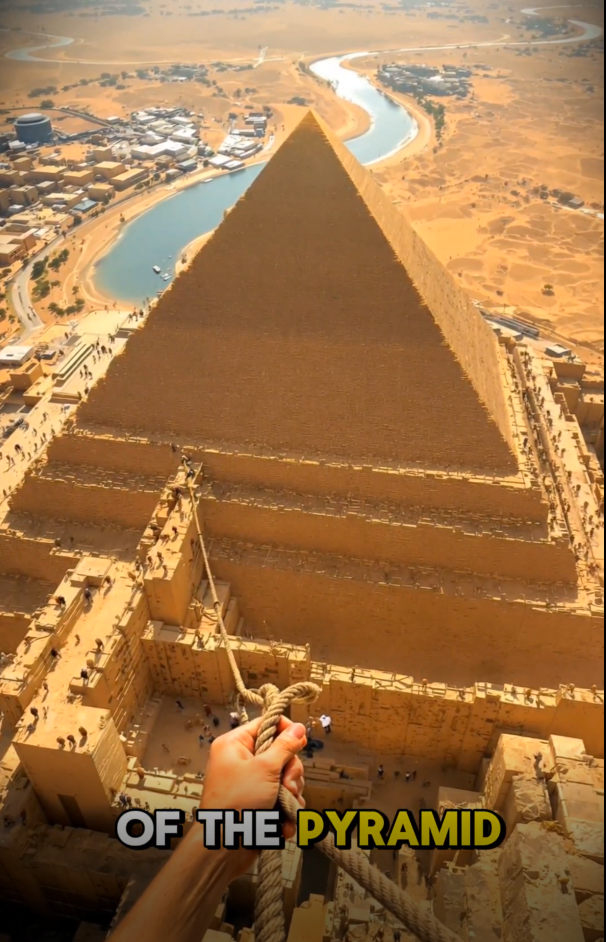The ancient pyramids of Egypt stand as some of the most awe-inspiring architectural achievements in human history. Towering over the desert landscape, these monuments were not just tombs for the pharaohs but symbols of power, divine connection, and unparalleled craftsmanship. Behind these grand structures, however, were the hands of thousands of skilled workers—men and women who dedicated their lives to constructing these magnificent wonders.
Who Were the Pyramid Builders?
Contrary to the outdated notion that pyramids were built solely by slaves, archaeological discoveries have revealed a different truth: the pyramid builders were skilled laborers, craftsmen, and engineers who worked in organized teams under the direct command of the Egyptian state. These workers were not forced into labor but were rather part of a highly structured workforce that included stonecutters, masons, transporters, and architects.
The laborers lived in well-organized communities near the construction sites, complete with living quarters, bakeries, medical facilities, and even breweries. These settlements, such as the one discovered near the Great Pyramid of Giza, reveal that the workers were well-fed, provided with medical care, and held a respected status in society.
Daily Life as a Pyramid Builder
A typical day in the life of a pyramid builder began at sunrise. The workforce was divided into crews, often named after powerful deities or pharaohs, each responsible for a specific task.
1. Stone Quarrying and Transport – Massive limestone and granite blocks were quarried using copper chisels and wooden mallets. Workers would then transport these blocks using sleds, rollers, and possibly water lubrication techniques to reduce friction.
2. Precision Engineering – Skilled artisans and masons ensured that each block was cut and placed with extreme accuracy. The alignment and leveling techniques used in pyramid construction remain an engineering marvel even by today’s standards.
3. Health and Welfare – Contrary to popular belief, these laborers were not mistreated. Excavations of worker remains have shown evidence of healed fractures, meaning they had access to medical care and were treated with respect. Their diets were rich in protein, including meat, fish, bread, and beer, ensuring they had the energy for the grueling labor.
4. Religious and Social Life – Pyramid builders were deeply connected to Egyptian religious beliefs. Many workers left behind inscriptions and graffiti honoring the gods or their supervisors. Life wasn’t just about labor; festivals, rituals, and social gatherings were part of their experience.
The Legacy of the Builders
These workers did not just create stone monuments; they laid the foundation for some of the most advanced architectural and engineering feats the world has ever seen. Their contributions continue to be studied and admired, proving that ancient Egypt was a society built on knowledge, precision, and an intricate understanding of mathematics and logistics.
Today, we continue to uncover new insights into the lives of these builders, shedding light on their dedication, ingenuity, and the sophisticated society that made the pyramids possible. So, as you gaze upon the pyramids, remember the thousands of skilled hands that shaped history—one stone at a time.


